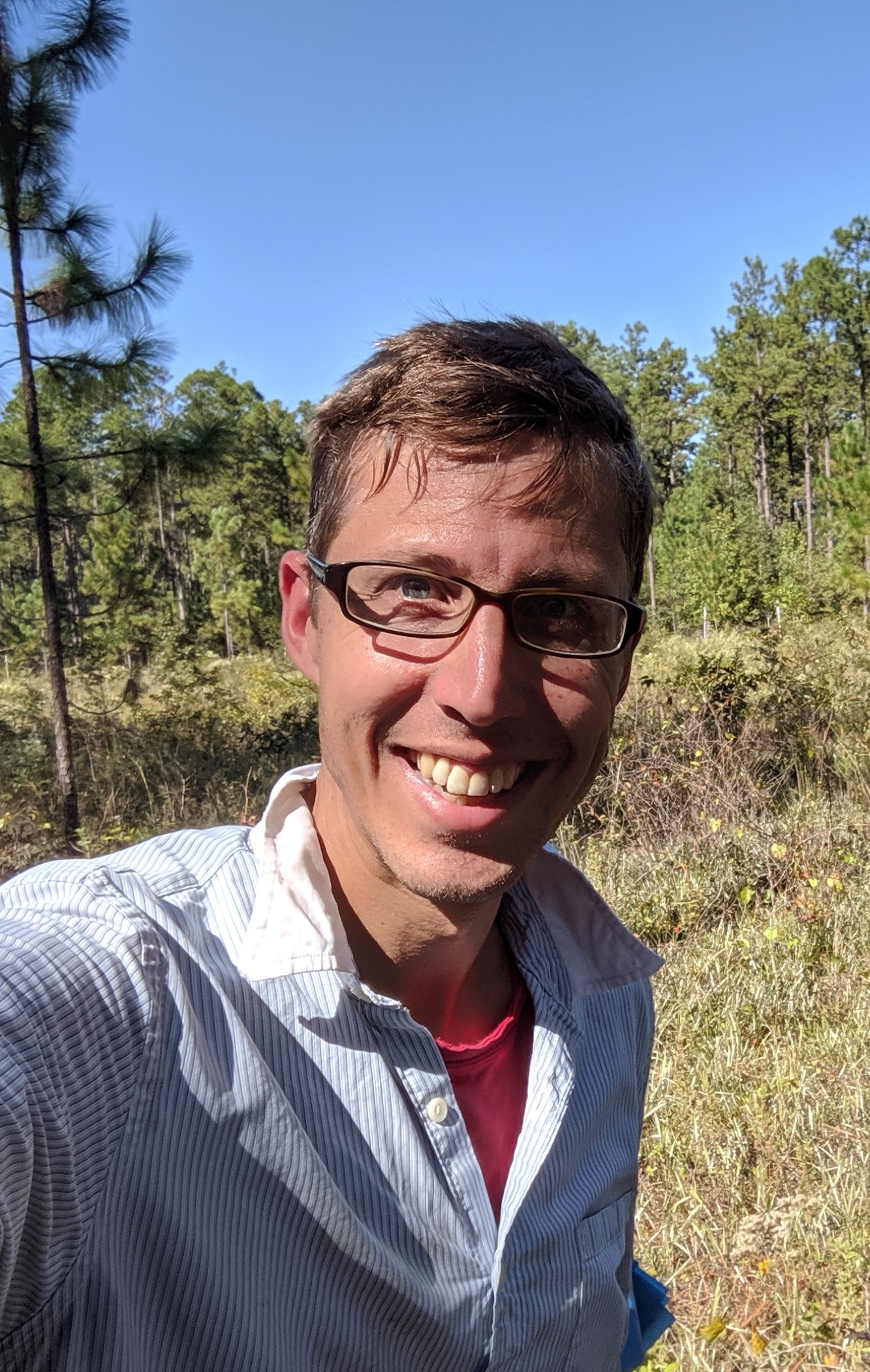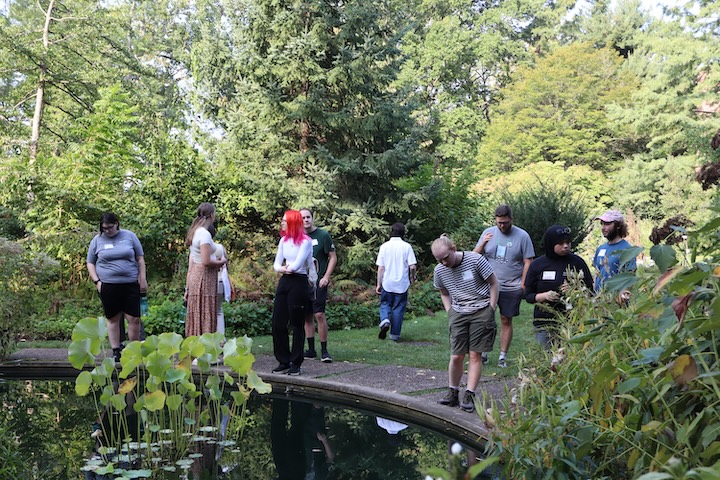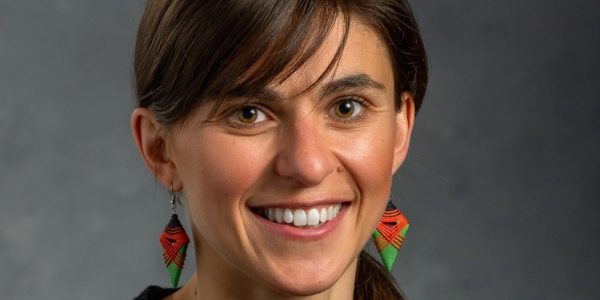MSU team explores environmental restoration's long-term picture
An expansive project led by EEB's Lars Brudvig is examining the benefits, and limits, of environmental restoration on developed land after humans are done with it.
Experts estimate there are up to 17 million square miles of land worldwide that have been altered by humans — through cultivation say — and then abandoned. That's more than four times the size of the continental United States.
Once humans change a landscape, their impacts linger long after they’ve moved on. However, humans can heal some of that damage by working to restore the land to its natural state.

But questions remain about how far restoration can go in overcoming a land’s past, how much it can move the needle back toward normal. Brudvig and his collaborators now have some answers that they’ve published April 19 online in the Proceedings of the National Academy of Sciences.
“Restoration benefited sites regardless of their land-use history. The benefits are clear,” said Brudvig, an associate professor of plant biology in MSU’s College of Natural Science.
For this project, researchers compared land that had been used for farming with land without a history of agriculture. By working to restore habitats on both types of plots, the team could paint a clearer picture of how a habitat’s history affects restoration efforts.
The researchers found that the effects of restoration outweighed the detriments from a plot’s previous land use two-to-one. Despite the benefits, however, restoration could not erase all of farming’s lasting effects.
“Agricultural sites were different to begin with and they remained different after restoration,” Brudvig said. “It does beg the question of what else we should be doing.”
Though this project does not answer that question, it does offer many insights that can help ecologists decide where and how to target their restoration efforts.
In the study, the team observed dozens of different ecological properties across more than 300 acres for several years following a restoration treatment developed for longleaf pines savannas in the Southeast U.S.
This work required a large experimental site with a well-known land-use history. Fortunately, Brudvig was part of a multi-university collaboration that had been working at such a site for years: the Savannah River Site in South Carolina.
The site is a U.S. Department of Energy complex and its natural ecosystems are managed by the U.S. Department of Agriculture’s Forest Service.
Read more in MSU Today.



